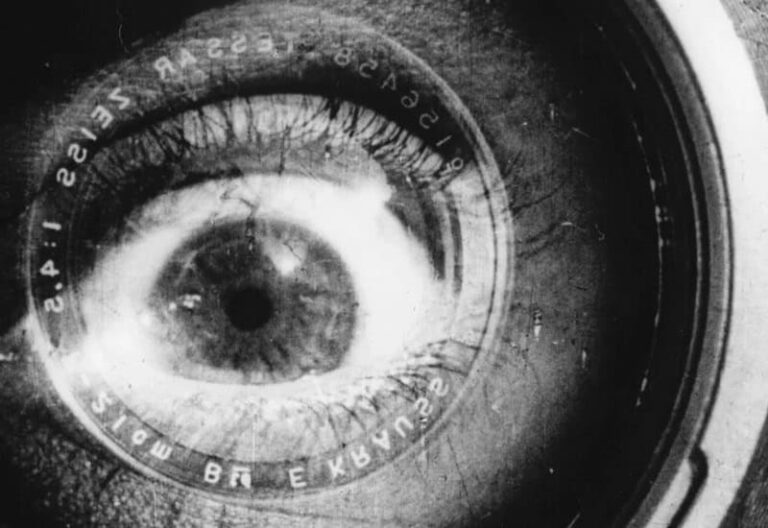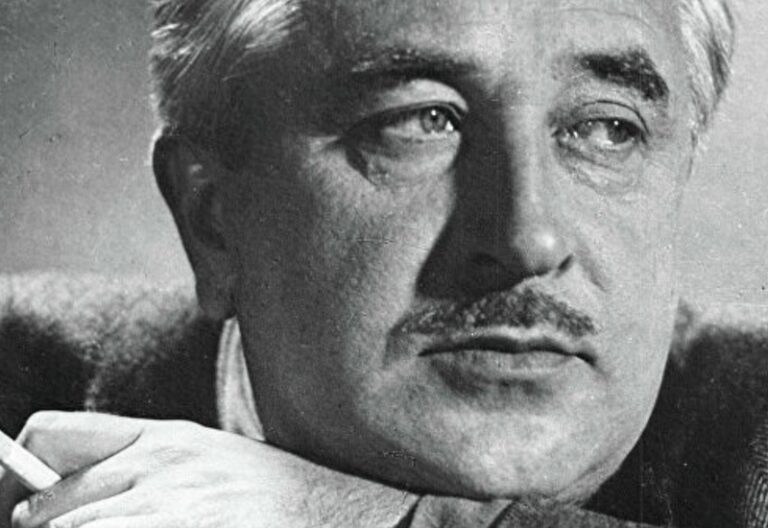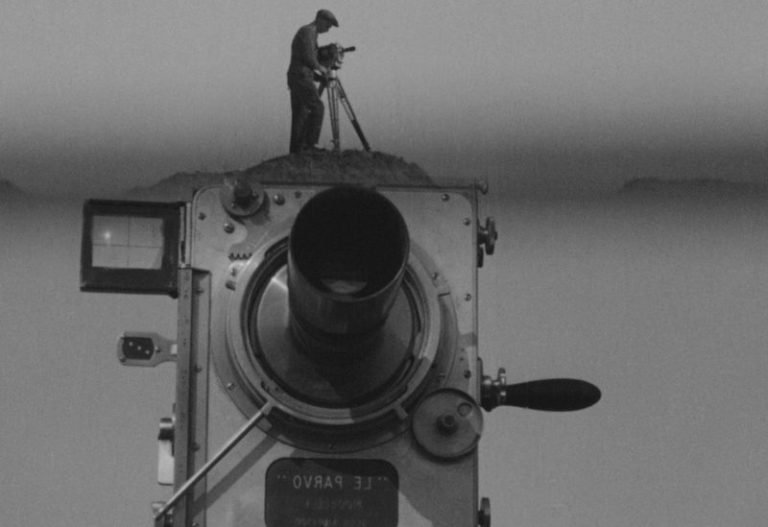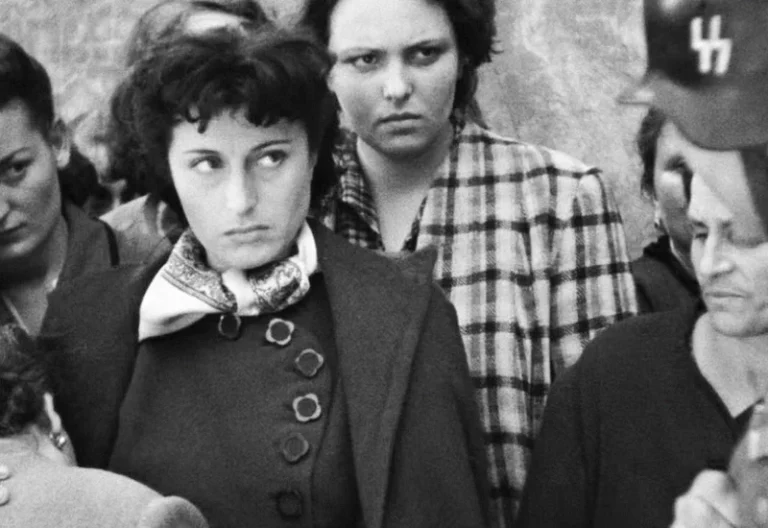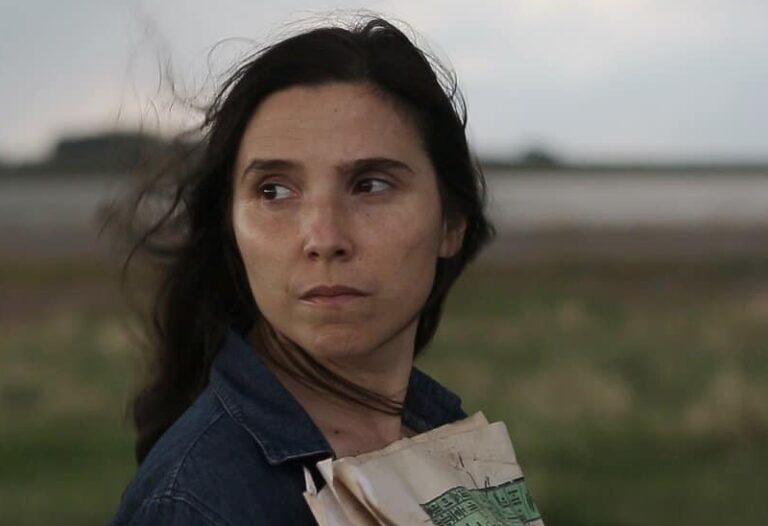juxtaposition in film:
a powerful tool for storytelling
Juxtaposition is a powerful storytelling technique where two or more contrasting elements are placed side by side to highlight their differences or to create a new, often more profound meaning. This method can involve the juxtaposition of images, characters, themes, settings, or even entire scenes. It is a versatile tool that filmmakers use to evoke emotions, enhance narrative depth, and stimulate reflection in the audience.
Published by: CinemaWaves Team | Filed Under: Film Blog
Juxtaposition in Film Means?
The concept of juxtaposition is rooted in the history of visual art and literature, long before the advent of cinema. In the realm of film, juxtaposition gained prominence through the work of Soviet filmmakers and theorists in the early 20th century. Sergei Eisenstein, one of the pioneers of montage theory, extensively explored the use of juxtaposition to create meaning through the collision of images. Eisenstein’s concept of “dialectical montage” was based on the idea that when two contrasting images are placed in succession, they produce a third, often abstract idea in the viewer’s mind. This approach was a radical departure from the linear storytelling methods of the time and has since become a cornerstone of cinematic technique.
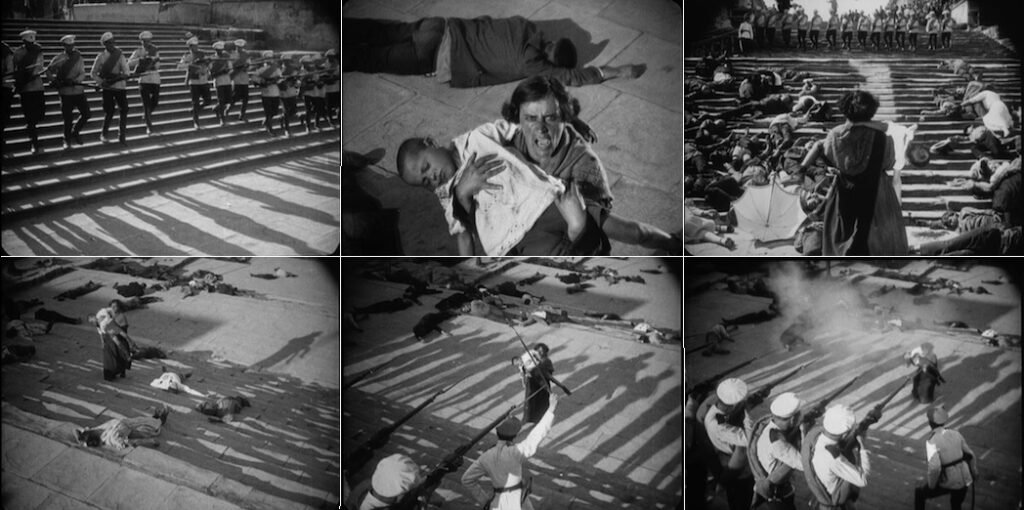
Types of Juxtaposition
in Film
Visual juxtaposition: It involves placing contrasting images or scenes next to each other to create meaning or highlight differences. This can be done through editing, where two contrasting shots are cut together, or through mise-en-scène, where contrasting elements are present within the same frame. For example, a filmmaker might cut from a close-up of a smiling child to a shot of a war-torn landscape, creating a stark contrast that emphasizes the innocence of the child against the horrors of war.
Thematic juxtaposition: Thematic juxtaposition occurs when two or more ideas, themes, or concepts are placed in contrast with one another. This can be achieved through the narrative structure, where different storylines or characters embody opposing themes. In “Parasite” (2019), Bong Joon-ho juxtaposes the luxurious life of the wealthy Park family with the struggling Kim family’s cramped existence. This thematic contrast underscores the vast socioeconomic divide, reinforcing the film’s exploration of class disparity and inequality.
Character juxtaposition: The use of juxtaposition to contrast characters within a story, highlighting their differences in personality, values, or circumstances. This can serve to deepen character development or to underscore a film’s central conflict. For example, in “Taxi Driver” (1976), Martin Scorsese contrasts the protagonist Travis Bickle with the political candidate Charles Palantine, highlighting Travis’s growing alienation and descent into madness against the backdrop of the polished, idealistic world of politics.
Narrative juxtaposition: Juxtaposition can also be used to contrast different narrative elements, such as parallel storylines or different time periods. This technique can create a rich tapestry of meaning by allowing the audience to draw connections between seemingly unrelated events.
Juxtaposition of sound and image: Sound is another powerful tool. Filmmakers can create contrast by pairing an image with an unexpected or contrasting sound. This can create irony, tension, or emotional depth. In Stanley Kubrick’s “A Clockwork Orange” (1971), the violent acts committed by the protagonist are juxtaposed with classical music, creating a disturbing contrast that forces the audience to confront the dissonance between the beauty of the music and the horror of the images.

Some Famous Examples of Juxtaposition in Film
“Battleship Potemkin” (1925) – The Odessa Steps Sequence: It is one of the most famous examples of juxtaposition through montage. In this sequence, Eisenstein contrasts the peaceful, everyday life of the people with the brutal repression by the Tsarist soldiers. The rapid cuts between the innocent civilians and the advancing soldiers create a sense of urgency and horror.
“The Godfather” (1972) – Baptism Scene: The scene we already mentioned, and one of the most iconic scenes in whole film. Coppola juxtaposes the serene and sacred act of a baptism with the violent killings ordered by Michael Corleone. The contrast between the religious ritual and the murders highlights the duality of Michael’s character and the corruption of his soul, deepening the film’s exploration of power and morality.
“Requiem for a Dream” (2000) – Parallel Downfalls: Darren Aronofsky’s “Requiem for a Dream” uses juxtaposition to depict the parallel downfalls of its four main characters. As their lives spiral out of control due to addiction, Aronofsky uses rapid cutting and contrasting visuals to show their descent into despair, emphasizing the universal nature of their suffering, and the inevitable consequences of their choices.
The Impact of Juxtaposition in Film
Juxtaposition has played a huge role in shaping how we understand film. By letting filmmakers express complex ideas, emotions, and themes through contrast, it has broadened the scope of what can be achieved in storytelling. This technique encourages viewers to be more engaged, connecting the dots and finding the meaning that might not be obvious at first glance. As a result, films have become richer in subtext and more open to different interpretations.
The process isn’t just limited to film—it’s made its mark on other visual media like advertising, music videos, and digital art. Advertisers often use contrasting images in commercials to create a message that sticks or hits emotionally, while music videos use quick cuts and opposing scenes to capture the vibe or message of a song.
In today’s digital world, juxtaposition remains an important tool. With advanced editing software and digital effects, the ways to contrast elements in increasingly complex and creative ways have multiplied. Filmmakers now mix live-action with animation, craft detailed visual metaphors, and manipulate time and space in ways that weren’t possible before.
Refer to the main page for more educational insights on filmmaking and cinema history.
Kino-Eye (Cine-Eye) was a pioneering film technique founded by Soviet filmmaker Dziga Vertov in the early 1920s. It emerged as part of a larger avant-garde…
The Kuleshov Effect is one of the most influential concepts in film theory, demonstrating the power of editing to create meaning and manipulate our perception….
In the early 20th century, a cinematic revolution was brewing in the Soviet Union. A group of visionary filmmakers, collectively known as the Soviet Montage School…
In the aftermath of World War II, Italy was a country in ruins, both physically and economically. Amidst the rubble and despair, a group of visionary filmmakers arose to…
With the strange disappearance of Laura, two colleagues, her older boyfriend, Rafael, and Ezequiel, learn of their recent discoveries, which may help…
Arthouse film refers to a category of cinema known for its artistic and experimental nature, usually produced outside the major film studio system. These films prioritize artistic…

